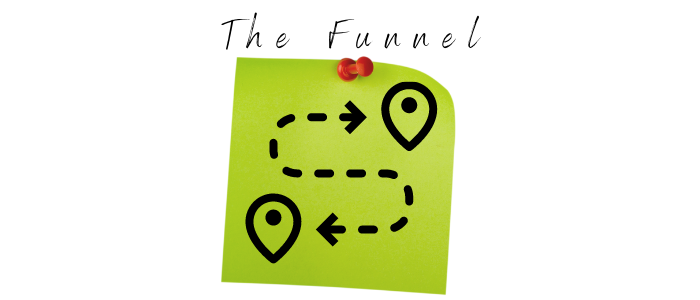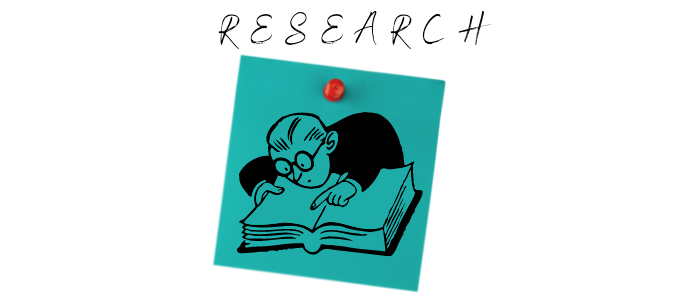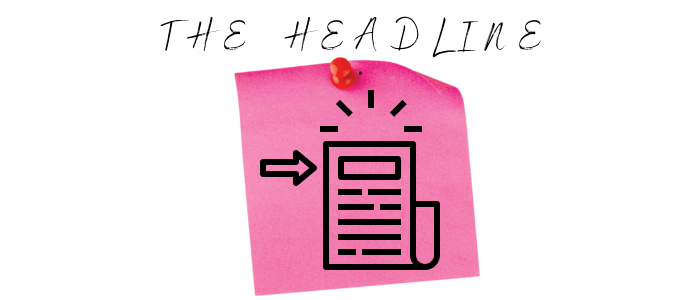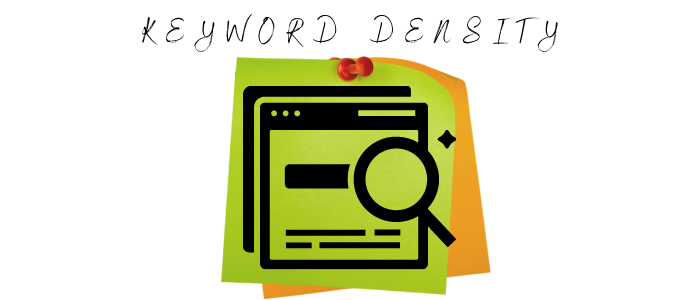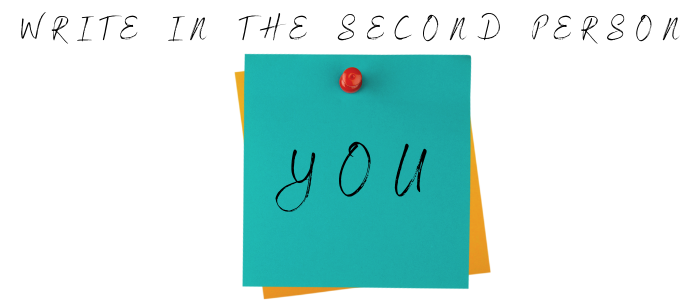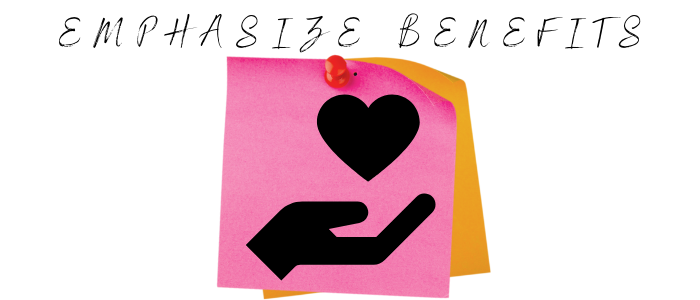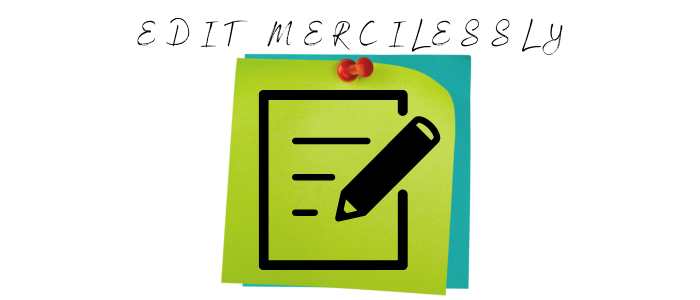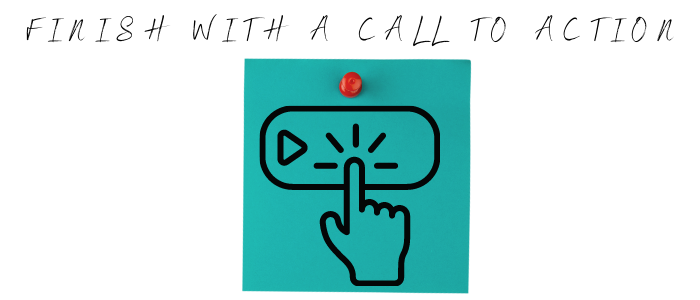- Blog Home
- Ciara Antolini
- How Do I Write Web Page Copy
How Do I Write Web Page Copy

This is a big topic. Huge. Vast. It’s the subject of countless online courses, and for reasons we’ll cover, advice for it can get super-specific. So what we’ll give you here is the short version. Hopefully, it’ll serve as a good introduction to web copywriting, an incredibly useful and profitable skill, whether you’re doing it for your own business or hiring yourself out to clients.
A note upfront: Copy is not content
Website copy is the specific text on the specific pages that are intended to promote your business: Your homepage, about page, product descriptions, and sales pages. Content is anything non-advertising your business produces, such as blog posts, informational videos, and ebooks.
If you’re reading an article on a copy, you probably already know this. But if you’re a beginner, what you might not know is how different that the two are written. Content is to inform, educate, entertain. It often covers topics unrelated to your product at all. But copy is geared towards selling or at least getting the reader to enter your sales funnel by taking a specific action, like signing up for an email list. (See the “call to action” section.) As such, the way it uses language is different from almost any other type of writing.
The funnel
Every page with copy is part of a sales funnel. (Also known as a conversion funnel.)This is the series of steps someone goes through to go from a random web browser to a customer: From lead capture, getting their info so you can inbox them more info about your products, to the sale itself. On their way through these steps, the customer will visit several pages of your website that contain a copy. The most important ones are considered to be the landing page, the first one they see, which should contain only gentle encouragement to learn more about the product, and the last, the sales page, in which you directly sell to them.
Because their purposes are so different—and if you’re interested in learning this field, you should absolutely google specific advice on how to write for different page types—this will focus on advice for copywriting in general, because a lot of the rules of web copywriting are just the rules of copywriting. Regardless of the format, many of the lessons are timeless.
The first crucial step is your prep work:
Research, research, research
Have you ever heard that Einstein quote about how if you can’t explain something to a five-year-old, you don’t really understand it? That’s a summary of copywriting. You need to thoroughly know your subject so you can write about it concisely, but with rock-solid accuracy.
Spend a lot of time on the headline
If you could identify a single most important aspect of copywriting, it’s the headline.
It’s said that you have just under eight seconds to grab your audience’s attention once they click onto the first page of your site. Studies show that 80% of your visitors will only read it. And that other 20% will still be reading it before they move on to anything else.
Use plain language whenever possible
As (the very funny and informative) copywriting expert Neville Medhora puts it, “Learn how to write how you talk and sell like hell.” Other writers refer to this as using “the voice of the customer.” But the most important part is writing how this theoretical customer would talk conversationally, not write in an email when trying to impress their boss.
Avoid jargon and corporate-speak whenever possible. Dullness, long-windedness, and pomposity are major turnoffs when deciding whether to deal with a company. Even when writing for an audience that’s highly educated in a specialized field, the words around the technical terms should be simple and clear-cut.
...But make your writing style interesting
Things like the rhythm of words and phrases, and creative, unusual phrasings, will make your writing stick in the reader’s mind even after they leave the page. Don’t overdo it or your writing will come off as gimmicky but think of how often odd grammar is used in the most famous advertising slogans:
- Apple: “Think different.”
- Tesco: “Every little helps”
- Seven-Up: “The uncola”
- Campbells: “Mm mm good”
- Chick-Fil-A: “Eat Mor Chikin”
Creative use of language, even if it gives grammarians a fit, is a boon to the copywriter.
Keep keyword density in mind, but don’t focus on it
The days of cramming as many keywords as possible into a landing page to spam it to the top of Google ended about eight years ago. Multiple algorithm changes since then have given more advantages to sites written for people instead of robots. You want to make sure that there are enough keywords for search engines to find it, of course, but the focus should always be on the human reading it. They should fit naturally into a page as a result of its focus on the topic. Nothing screams spam like repeated keywords that don’t grammatically or thematically fit into the text.
Write in the second person
The best word in copywriting is “you.” Write to your customer as if you were having lunch one-on-one with them to talk about the product.
Outside your About page, the buyer doesn’t want to hear about your company’s values, how it’s been passed down in the family for five generations, or its “commitment to quality,” whatever that platitude means. They want to know how the product will benefit them before they give you some of their limited money for it. And because of that...
Emphasize benefits over features
Chances are the potential customer is looking up products or services like yours to solve a problem they have. And—this is a good rule for content as well—the more concrete benefits you can show them, the better.
What, exactly, will your product do for your customer? Let’s say you’re selling a blender. You can go on about the number of speeds and the precision of its settings, but without use examples, only a handful of enthusiasts will know what that means in practice. So instead, explain how the chop setting is perfect for dicing vegetables for stews, where liquify will grind even the hardest carrot into juice.
When in doubt about how to word a description, ask yourself: How will this feature make the buyer’s life better?
...And what’s unique about it
The “unique value proposition” is marketing-speak for the reason a buyer should pick you instead of the infinite other choices the internet offers. Don’t talk about what makes your product or service a standard example of its field: Talk about what makes it different. What it has that no one else does, so the customer will be more inclined to buy it based on what it can do for them that the competitors can’t.
Be as honest as possible
If your product’s any good, a description of its features with only a little spicing-up should be good enough to sell it. Avoid hyperbole or outright bragging.
Edit mercilessly
“I am a lousy copywriter, but I am a good editor.” — David Ogilvy, father of modern copywriting
When writing content, you have a little more leeway to expound on subjects at length and go on tangents. Copywriting, however, is always as streamlined as possible. Every sentence, ideally every word, should be vital to explain your product and its uses: and if one isn’t, cut it. It also has shorter paragraph lengths than content, favoring the simple, sometimes as short as one sentence.
One exception: The more expensive the product, the more copy you’ll need to write for it because the more convincing the reader will need to invest that kind of money. But even still, the twentieth-century style of paragraphs of copy surrounding a single picture is long dead. So write a lot, just cut most of it out. Then the rest, reword as many times as you can stand to make it as concise as possible. In the letter that fantastic quote comes from, Ogilvy then goes on to explain that it takes him four or five full-text edits before it even looks good enough to show the client.
Include as many pictures as you can
Not to the point where it crowds the text, but you want your landing and sales pages to be highly visual. The further you can get from an unadorned text wall, the better. And this might be more the design team’s job, but include as many real pictures of the product, both in the photo studio and in use, as possible. Use stock images carefully.
Finish with a call to action
This is the clickable text that tells your reader to do something: Visit a sales page, contact you, claim an offer. It’s the most important part of any page with copy, it’s almost always at the end, and all the writing on the page is the lead-up to it. It’s the climax, and everything you’ve written to this point should reinforce it.
To borrow a relationship cliche, by the end of the page, you want your reader to want to follow through.
One reason copy is so meticulously edited is to cut down on distractions leading up to the CTA. Any sales or landing page should contain as few outbound links as possible, and only one or two calls-to-action, with one focal one. Generally, you’ll have the big one, and the second will just be there to provide an alternative to the first one if the first one is a large ask. For example, if the big call-to-action is to visit the sales page for a $10,000 product, the second one—in smaller text and a quieter color—might be to join the email list, so that people not ready to put down that kind of money will still be able to do something that leads them into your sales funnel.
How to word the CTA itself could be a whole separate topic: And is, on many, many websites. The specifics of this are the focus of a lot of online marketing research. Many sites use a button instead of a text link—and details as small as its size and color make noticeable differences in how many people click on it.
If all of this is a little much, let Scripted help
As simple as the finished product (intentionally) looks from the outside, copywriting is not an easy skill. There are hundreds of guides to it online, many of which are of mixed usefulness or holding back the real advice so they can sell you an expensive course. If you’re a business owner who just wants to sell your products in writing, you could end up falling down a confusing rabbit hole full of marketing jargon instead.
Scripted, though, has a roster of writers with years of experience doing all of this and more. It’s worth investing in a pro who can work wonders on your site with a quick turnaround time.
